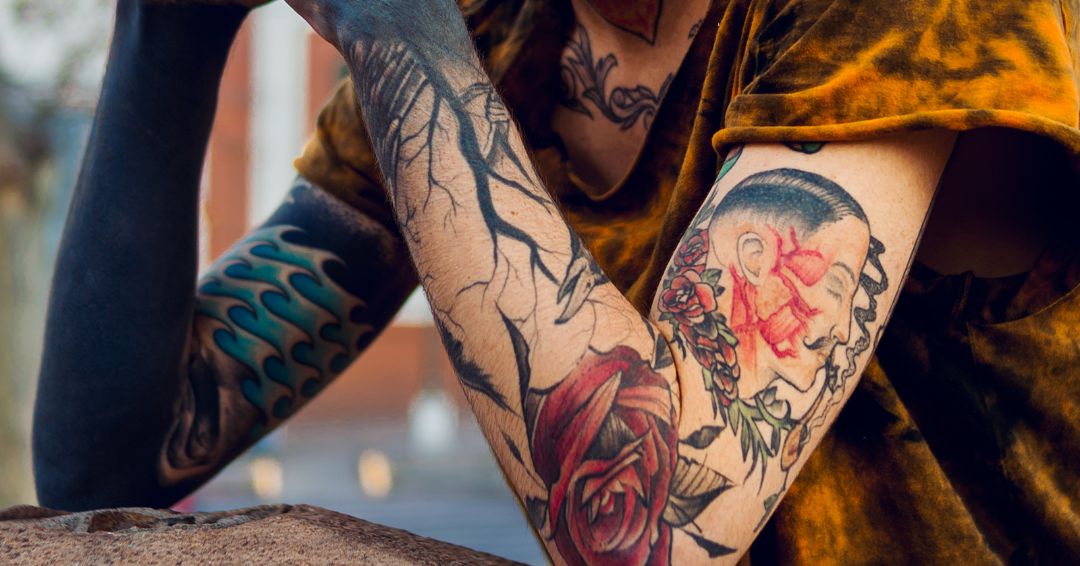More Than Just a “Doodle” on Skin, a tattoo is a permanent statement blending art, identity, and sometimes a touch of audacity. Once reserved for outsiders, this artistic needlework is now a mainstream trend, deeply rooted across all layers of society.
The Process
Getting a tattoo involves as much technique as artistry, unfolding in three key stages: before, during, and after. It begins with choosing the design. This can be imagined by the client or created collaboratively with a tattoo artist—a crucial step to translate the idea into a skin-suitable artwork. The artist asks questions, reviews sketches or references, and refines the project to match expectations.

Once the design is approved and the appointment booked, it’s time for the long-awaited tattooing session!
On the big day, every effort is made to ensure safety and hygiene: rigorous disinfection of tools and workspace. The artist starts by presenting the tattoo, applying a stencil to the skin, or, in some cases, freehand drawing.
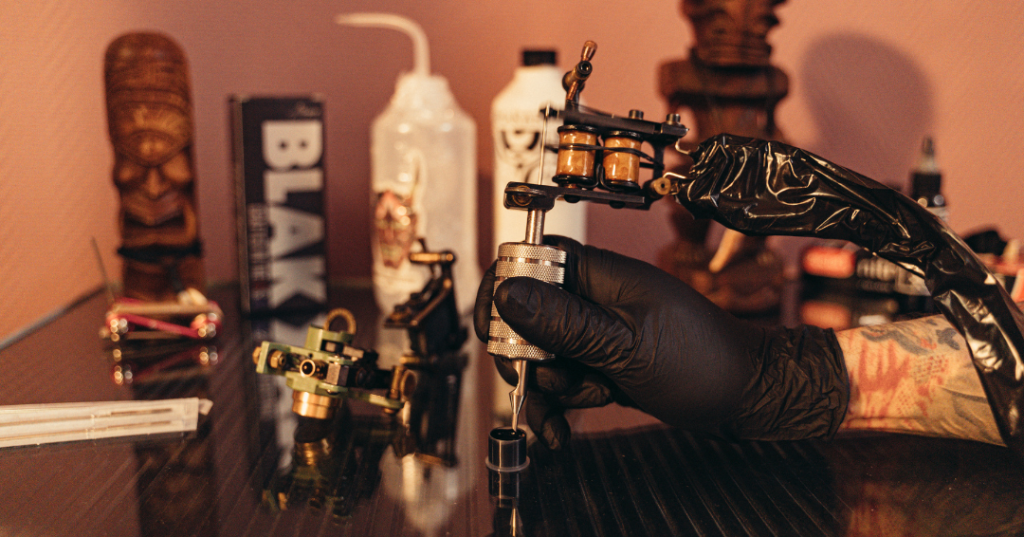
Then they prepare the equipment, selecting from various needles—round liners, magnums, flats, etc.—to meet the design’s demands. Finally, the tattooing begins: the needle injects ink about 1–2 millimetres deep into the skin, a process that can take minutes to hours, or even months for complex pieces. And yes, it stings! But many will tell you that the pain is an integral part of the experience.
Once the tattoo is complete, the aftercare phase begins to maintain optimal quality and prevent infections. Touch-ups may be necessary after a few weeks or months—don’t hesitate to consult your tattoo artist!
Why Get a Tattoo?
There are countless reasons to take the plunge, as varied and unique as the chosen designs. For some, it’s a way to commemorate a significant event or assert their identity: celebrating a birth, mourning a loss, or marking a personal victory. Sometimes, tattoos serve as a form of therapy, helping to cover physical scars or soothe emotional wounds—such as in paramedical tattooing.
For others, tattooing is primarily an artistic endeavour: a way to wear a unique piece of art, whether deeply meaningful or purely aesthetic. Some choose to etch cultural references into their skin: an inspiring quote, song lyrics, or even a nod to a cult film. Far from the 1990s stereotypes, when tattoos were often seen as symbols of “rebellion,” they have evolved into true fashion accessories.
For others, tattooing is primarily an artistic endeavour: a way to wear a unique piece of art, whether deeply meaningful or purely aesthetic. Some choose to etch cultural references into their skin: an inspiring quote, song lyrics, or even a nod to a cult film. Far from the 1990s stereotypes, when tattoos were often seen as symbols of “rebellion,” they have evolved into true fashion accessories. Today, they represent an extension of one’s personality, a mark of elegance or individuality.
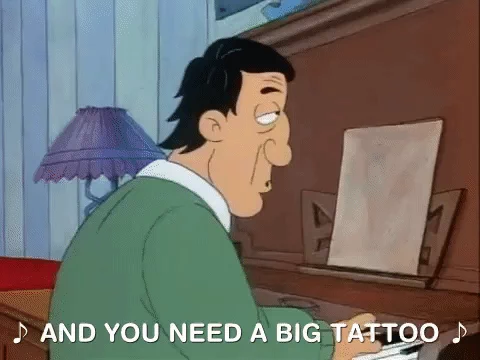
Whatever the motivations, a tattoo is, above all, a story: the wearer’s story, etched in time and on skin.
In conclusion, a tattoo is much more than a simple drawing on the skin: it is a universal language, a mobile artwork, and a way to tell the world who we are—or who we wish to be. Whether for the artistic gesture, the story told, or the aesthetic appeal, there has never been a better time to take the plunge… if you feel the itch, of course!
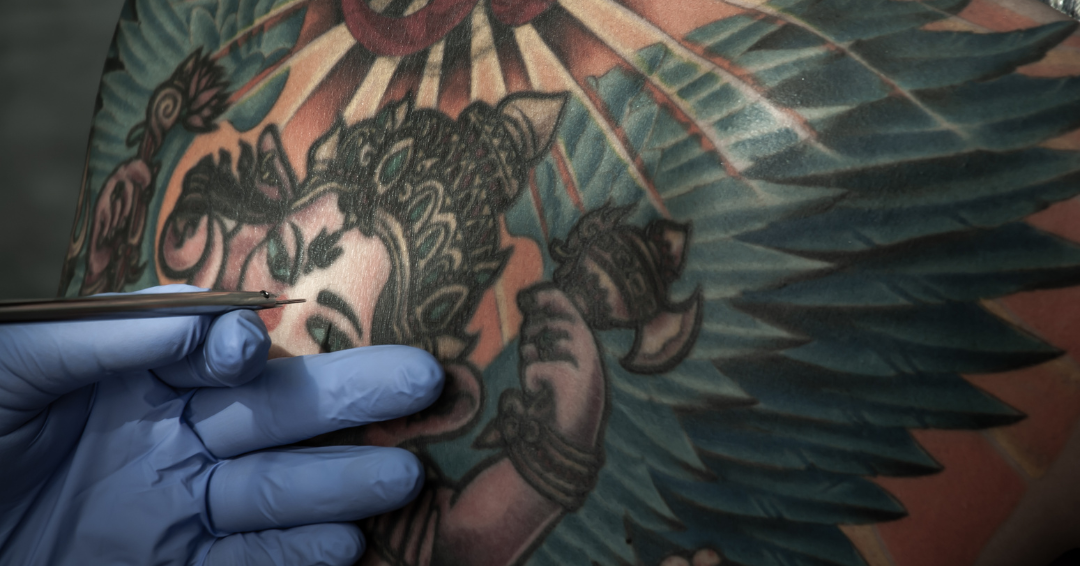
History of tattooing: from marginal to mainstream
